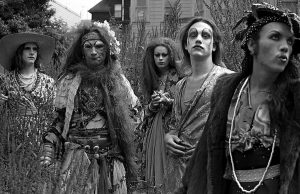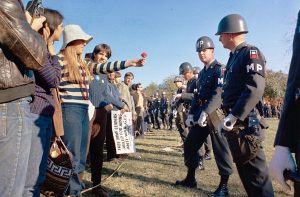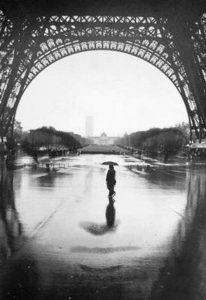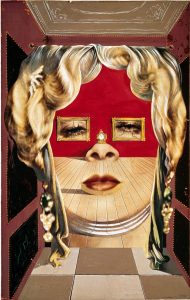During this research and communications project, I have slowly but surely regained a love for writing. I feel that finally being able to write about things I am interested in has made me passionate about writing again and made me want to continue. Before I saw writing as a chore but now I see it as a tool which I can use to express my love of certain artist and photographers etc. That is not the only thing I have gained during this project either, I have discovered many new photographers and photographs which I want to research further and have built up skills I never really had before such as Harvard Referencing (which shockingly I had never really come across before.)
One blog post I was really interested in was “Publish or Perish!” I am fascinated by famous images that have gone “viral” and it was interesting to read into them. A lot of the time these images were images I had always seen around and knew about, but I never knew the photographer or deeper meaning behind it. By doing these blogs I have grown a respect for the photographers and now always make sure I consider the deeper meanings of an image when I like an image. It fascinates me why some images just seem to get it right and become famous worldwide.
I also feel I have developed my style of writing over the last weeks which has really helped when I’ve had to dig deep into the meanings behind a particular image. One example of this was during the blog about Movers and Shakers/Countercultures, I really delved deep into the meanings behind photos during the Flower Power era and went as far as focusing on the position of the flower; something I would never have done before this project. This was the same for the comparison blog in Week 2, I really analysed the similarities and differences between the images which has helped in developing my writing and overall analyse.
My least favourite blog post looking back is the Postmodernism one. If I was to go back I’d use other artists rather than just Andy Warhol to allow a better compare and contrast, however I do love Andy Warhol so it was good to be able to write about why I liked his work.
Before this project I was not a fan of writing at all and in all honesty the thought of doing something like this was not appealing. However, by doing it weekly and in smaller chunks I have remained interested and have remained motivated. If this project was to sit down and do 2000 words straight away I think I would have struggled and maybe lost interest. Moving on from this I am excited to research new and exciting artists and photographers and being able to do it in a more practiced and professional manor. I also want to go back to my blogs and see where I could improve, may it be my referencing skills or description skills. Overall however I am happy with my blogs and the knowledge I have gained.


 My second image is the iconic photograph of Che Guevara taken by Alberto Korda in 1960. I feel that this picture is successful because it really captures who the person is and therefore creates a connection between him and anyone looking at the image. This image has been reused and recycled so many times in pop culture, posters and much more. I am intrigued by portraits of people and think it is important that a portrait tells a story and really lets you into the persons life.
My second image is the iconic photograph of Che Guevara taken by Alberto Korda in 1960. I feel that this picture is successful because it really captures who the person is and therefore creates a connection between him and anyone looking at the image. This image has been reused and recycled so many times in pop culture, posters and much more. I am intrigued by portraits of people and think it is important that a portrait tells a story and really lets you into the persons life.
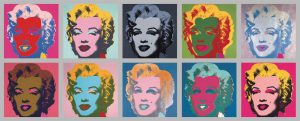
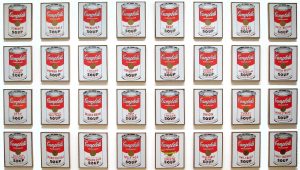 The second piece of Andy Warhol’s work I looked at was the soup cans piece. I love this piece because it is a very random thing to paint but the style, colours and repetitive pattern really draw you in. Warhol used the same style he used in the Marilyn Monroe series (the repetition) which is a running theme throughout his work.
The second piece of Andy Warhol’s work I looked at was the soup cans piece. I love this piece because it is a very random thing to paint but the style, colours and repetitive pattern really draw you in. Warhol used the same style he used in the Marilyn Monroe series (the repetition) which is a running theme throughout his work.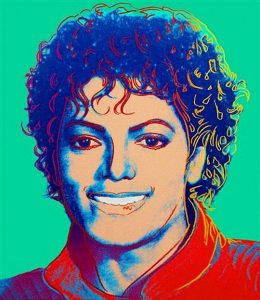
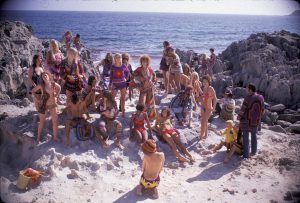 A Counterculture is “a way of life and set of attitudes opposed to or at variance with the prevailing social norm.” During a time of rejection these photos show how these groups of people used to each other to stay strong and carry on. This photograph taken by Karl Ferris really captures the spirit of these people and shows the importance of being who you are, even if everyone else seems to be against that. Initially I was attracted to this image because of the use of colour photography. I felt that this was necessary because these are bright colourful people. Another thing that attracted me to it was the stances of the characters and the off-guard
A Counterculture is “a way of life and set of attitudes opposed to or at variance with the prevailing social norm.” During a time of rejection these photos show how these groups of people used to each other to stay strong and carry on. This photograph taken by Karl Ferris really captures the spirit of these people and shows the importance of being who you are, even if everyone else seems to be against that. Initially I was attracted to this image because of the use of colour photography. I felt that this was necessary because these are bright colourful people. Another thing that attracted me to it was the stances of the characters and the off-guard 